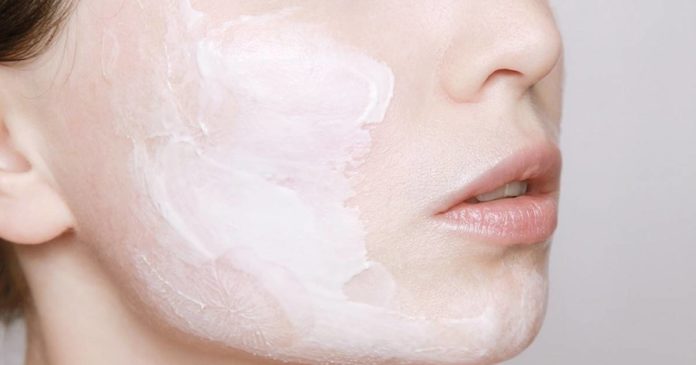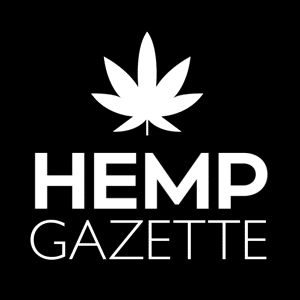Topical CBD (cannabidiol) products are becoming increasingly popular – but recent testing indicates some who use them may not be getting what they paid for.
CBD topicals are being used for a number of applications including general cosmetics, moisturising, treating skin irritations and to relieve muscle and joint pain. Research indicates cannabidiol may be effective in treating or managing a number of skin problems.
As an active ingredient it’s important that what’s in the product is reflected by what’s on the label.
Leafreport engaged Canalysis Laboratories to test dozens of CBD topicals including creams, balms, serums and toners, and found 31 of the 40 products contained 12% to 99% cannabidiol versus what was on the label either way (less or more). Just 9 of the products had CBD levels within 10% of the label and 11 were off 30% or more from what the label noted. The majority of the products (31 or 77.5%) contained more CBD than advertised.
While more CBD may sound like a good thing, it raises the question – if a company can’t get CBD levels pretty right, what else is happening with the product? Additionally, more CBD than indicated can make it difficult for a user to determine what they actually need.
LeafReport notes while some variation is expected from a natural product such hemp-derived CBD, it should still be within reasonable levels; i.e. 10% of that claimed. But LeafReport acknowledges topicals are more difficult to formulate and as they often contain small amounts of CBD, a difference of even a few milligrams can have significant impact.
When shopping for CBD topicals, it’s important check third-party lab test results (certificate of analysis – CoA) first – if those aren’t available, perhaps avoid the product altogether.
Full results of the testing, including details on all the products examined, can be found here.
Learn more about hemp cosmetics, personal and skin care products.
Trivia: Global CBD skin care market sales were valued at US$710 million in 2018, and are projected to reach $959 million by 2024 according to Prohibition Partners’ report, “The Impact Series: Disrupting Beauty.”


